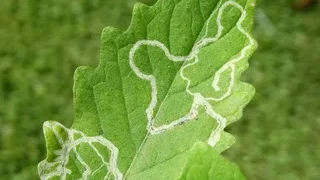Tuta absoluta, commonly known as the tomato leafminer, is a devastating pest that can cause significant damage to tomato crops, resulting in economic losses for farmers. This article will explore the latest data on Tuta absoluta infestations, including its life cycle, behavior, and impact on tomato plants.
According to recent studies, Tuta absoluta is a highly destructive pest that is capable of causing up to 100% yield loss in tomato crops. The pest, which is native to South America, has spread to other parts of the world, including Europe, Africa, and Asia, causing widespread damage to tomato crops.
Tuta absoluta larvae feed on tomato leaves, flowers, and fruit, causing significant damage to the plant’s tissues. As a result, infested plants may exhibit stunted growth, reduced yield, and even death. The pest is also known for its ability to develop resistance to chemical insecticides, making it challenging to control.
Integrated pest management (IPM) practices have been recommended to manage Tuta absoluta infestations, including cultural control measures such as crop rotation and use of resistant tomato varieties. Insecticides are also used in combination with other control methods to reduce the pest’s population.
In conclusion, Tuta absoluta poses a significant threat to tomato production worldwide, and its impact on tomato plants cannot be ignored. The use of integrated pest management practices is critical in managing Tuta absoluta infestations and reducing crop losses.

































